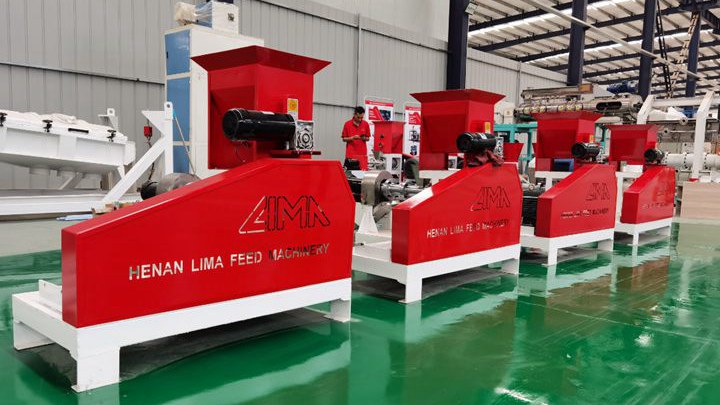.jpg)
international research and technology development, tilapia farming in the Philippines expanded rapidly, with Central Luzon ponds (especially those in Pampanga, Bulacan, and Nueva Ecija) the main source of production since the 1980s.

For example, tilapia feeds produced by San Miguel Foods, Inc., in the Philippines contain the following ingredients: corn, soybean meal, fishmeal, poultry by-product meal, brewer’s yeast, corn gluten, rice bran, copra meal, brewer’s grain, wheat pollard, molasses, vegetable oil, salt, limestone, dicalcium phosphate, ethoxyquin, L-lysine, DL
.jpeg)
Your Partner in Fish Processing Quality, reliability and partnership drive us to innovate fish processing value chains REad more Along the Value Chain Find the right fish processing machine for each area in your value chain REad more Among the Species Explore our solutions for salmon, pelagic, whitefish, warm water fish or seafood processing
.jpg)
7 In 2002, freshwater tilapia ponds in Pampanga produced 43,411 t. This was a 48% increase over 2001 and comprised 66% of total national tilapia production from freshwater ponds (65,968 t) and 36% of all national tilapia production from aquaculture (122,316 t). The corresponding 2002 harvests from ponds in the other Central Luzon
.jpg)
City, Philippines: Center for Integrated Development Studies, University of the Philippines; (iii) Yambot, A.V. 2000. Problems and Issues of Tilapia Cage Farming in Taal Lake, Philippines. In Proceedings of the First International Symposium of Cage Aquaculture in Asia, edited by I-Chiu Liao and C. Kwei Lin. Manila: Asian Fisheries Society;